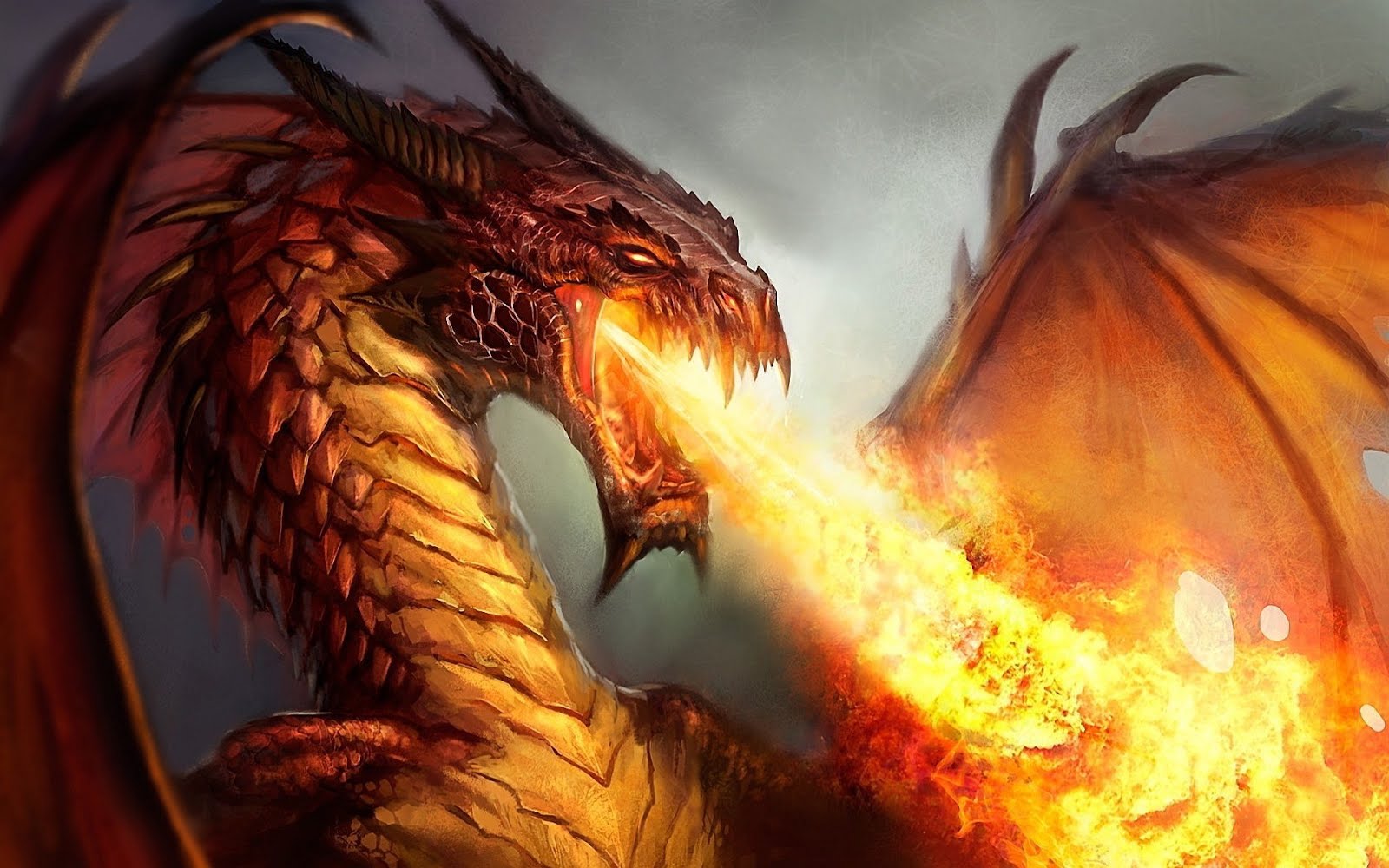- Quote from Wikipedia
READ ALL THE WAY TO THE BOTTOM OF THIS POST TO SEE HOW TO QUALIFY FOR THE TFDL WINTER CODING BADGE!
READ ALL THE WAY TO THE BOTTOM OF THIS POST TO SEE HOW TO QUALIFY FOR THE TFDL WINTER CODING BADGE!
Students will spend the next three days (12/20 -12/22) before the winter holiday break working on a variety of projects listed below. You may be as creative as you like, but anything you submit for class must conform to school guidelines for appropriateness. Please check out the following resources and post, for credit, at least three of your activities to the Winter Holiday Padlet created for these projects. You will need to take a screenshot of your project, and include a link, if available, so others can share or remix your projects as the programs allow: Have fun and good luck! I hope you have a restful, peaceful holiday break and come back in January ready to learn! - Sincerely, Mr. Scribner
1. KANO Projects: Pick one of the projects below and complete it. You will need to take a screenshot and list the link on the Winter Holiday Padlet page for credit. See more information below
Kano: "Anyone Can Make" - Mission Statement: The modern world is filled with billions of machines. 📱 But 1% of 1% of us can open them up, & change them. Now, a new generation is rising. They see this world as something to shape, not just use. Kano is a new kind of computer company. 💡 You make & code our technology yourself, with simple steps, stories, and play. You share your creations with others across the physical and digital world. We work with artists, misfits, technologists, and teachers in 86 countries. 🌍 Together, we'll demystify the modern world – and open up its creative power to all.
1. KANO Projects: Pick one of the projects below and complete it. You will need to take a screenshot and list the link on the Winter Holiday Padlet page for credit. See more information below
Kano: "Anyone Can Make" - Mission Statement: The modern world is filled with billions of machines. 📱 But 1% of 1% of us can open them up, & change them. Now, a new generation is rising. They see this world as something to shape, not just use. Kano is a new kind of computer company. 💡 You make & code our technology yourself, with simple steps, stories, and play. You share your creations with others across the physical and digital world. We work with artists, misfits, technologists, and teachers in 86 countries. 🌍 Together, we'll demystify the modern world – and open up its creative power to all.
2. Tynker Hour of Code Page: Complete one of the projects listed on this page and document your success on the Winter Holiday Padlet page.
Tynker Hour of Code Page (Click Here): With Tynker's revolutionary approach, kids learn to code using visual code blocks that represent real programming concepts. They progress to text languages like JavaScript and Python as they continue to play through 2,000+ interest-driven activities.
3. LearnPython.org: Complete the "Learn the Basics" 12 levels and document your progress by posting a screenshot of the final program you create on the Winter Holiday Padlet page. LearnPython.org: Whether you are an experienced programmer or not, this website is intended for everyone who wishes to learn the Python programming language
4. Santa Tracker: Explore, play, and learn with Santa's elves all December long! Screenshot and describe some of the activities and post to our Winter Holiday Padlet for credit. NOTE: You must complete at least 4 of these activities to count as one credit.
SANTA TRACKER by GOOGLE: Leave it to Google to outdo everyone on the list. Enter stage north, the Santa Tracker. As Google puts it, the Santa Tracker is, “an educational and entertaining tradition for the December holiday period.” While this project appears quite jolly on the surface, Santa actually is currently involved in litigation with Google over this tracking system. Expert witness, Rudolph. Either way, enjoy!
5. Hour of Code Projects (Must Be Grades 9+ or higher to qualify for credit)
6. Bonus: Solve the Breakout EDU Virtual Escape Rooms and send your answers (screenshots of completion) using Gmail to Mr. Scribner (harvey.scribner@techfreire.org) for an extra 5 points of credit for the holidays! HAVE FUN!
BreakoutEDU: Here is a BreakoutEDU Virtual Escape Room to try! Let me know what your best time is!
BreakoutEDU #2: Birthday Party Puzzler digital escape room!
Breakout EDU #3: SHOW ME THE CODE digital escape room!
Please follow the directions on the Winter Holiday Padlet to add your work! Click the link above and read all directions to receive credit for your projects!
BreakoutEDU: Here is a BreakoutEDU Virtual Escape Room to try! Let me know what your best time is!
BreakoutEDU #2: Birthday Party Puzzler digital escape room!
Breakout EDU #3: SHOW ME THE CODE digital escape room!
Please follow the directions on the Winter Holiday Padlet to add your work! Click the link above and read all directions to receive credit for your projects!
TFDL WINTER CODING BADGE: Any student in school that completes at least 3 different Winter Coding Projects during the week before the 2021 Holiday Break in December will receive this award on their BADGR.COM Digital Backpack! You can click the link below to see the digital badge, and read the requirements to qualify for it!


